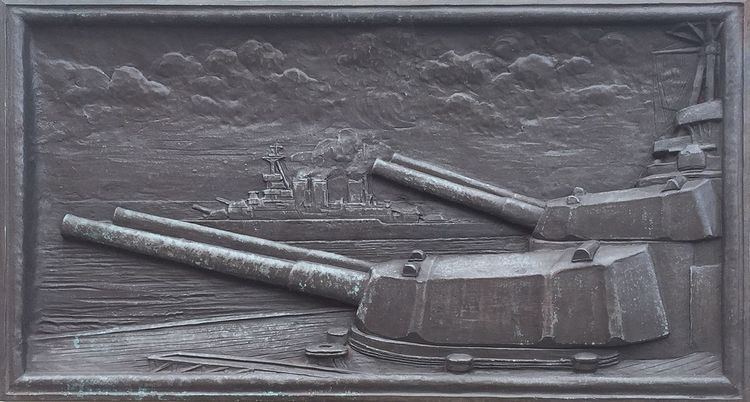Nationality English Died 1977 Name Philip Clark | Notable work Sculpture Known for Sculpture Education Royal Academy of Arts | |
 | ||
Philip Lindsey Clark (1889–1977) was an English sculptor.
Contents
Background
Philip Lindsey Clark was born in London. His father was the sculptor Robert Lindsey Clark.
He worked with his father at the Cheltenham School of Art from 1905 to 1910 and then from 1910 to 1914 studied at the City and Guilds School in Kennington. He had a most distinguished war record in the First World War, winning the DSO. At the end of the war he returned to Royal Academy Schools to continue his training and remained there from 1919 to 1921. From 1920 to 1952 he was a regular exhibitor at the Royal Academy and from 1921 onwards at the Paris Salon. From 1930 his work became more and more of a religious nature and he became a Carmelite Tertiary. He eventually retired from London and lived in the West Country.
Other work
Clark did other work in Sheffield apart from Sacred Heart church. One was a limestone motif and coat of arms above the main entrance to The Royal Institute of the Blind building in Mappin Street, executed in 1938. The building has been demolished, but the Clark sculpture has been kept and it was when a new Institute of the Blind building was built in Judd Street. The work was of a blindfolded head and the right hand column was topped by a hand interpreting Braille in front of a symbol for light. The work also featured the Royal coat of arms. It seems that Clark also worked on reliefs for the Gas Showrooms on Commercial Street in Sheffield.
In 1960 at the St Theresa Of The Child Jesus Church in Manor, Sheffield, Clark carved the stone statue of St Theresa above the main door of the church and the low relief stone stations of the cross inside. He also designed the internal boss in relief at the centre the dome depicting the Assumption of the Blessed Virgin Mary into Heaven, visible from the sanctuary. He also carved the wooden statues of St Theresa kneeling, St Joseph the Carpenter, The Sacred Heart of Jesus and the Virgin Mary offering the swaddled Holy Child for the four side chapels. The wooden carvings were painted by his son Michael, who also carved and painted the larger than life size crucifix of Christ the King above the high altar.
